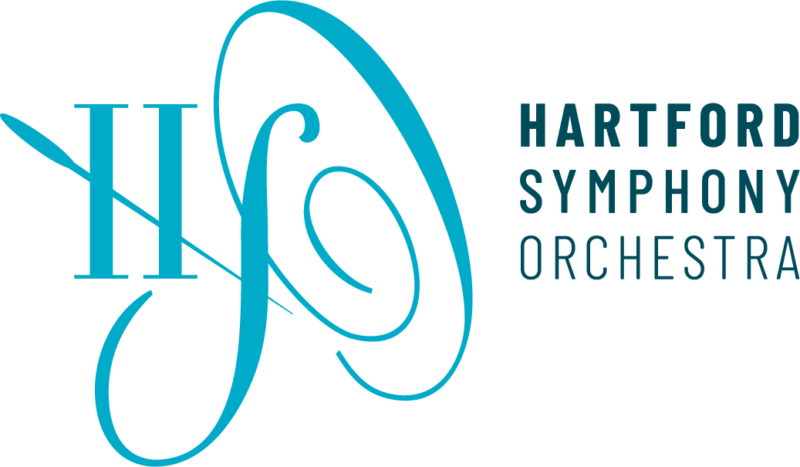HELPFUL TAX TIPS for 2025 and 2026! Maximize your funds and help the HSO!
1 – Super-sized 401(k) and simple IRA catch-up contributions for people aged 50+, and special rules for those aged 60 to 63!
For 401k and 403b Plans: In 2025, you can contribute the sum of $23,500 to your retirement plans. If you have already or will turn 60, 61, 62 or 63 at any time between January 1 and December 31, 2025, you can reap the benefit of the “super catch-up” of $11,250, in addition to the standard employee deferral limit ($23,500 in 2025). Thus, in 2025, you can deposit $34,750 of your income into your retirement plans, a huge investment in your futur that simultaneously reduces your taxable income by $34,750. (Note: for those 50 and over, the “catch-up” is an added $3,500.)
For SIMPLE IRAs: The 2025 base simple IRA contribution is $16,500, which is an increase from 2024. Those aged 60 to 63 receive an added “super catch-up” of $5,250, which brings the total maximum contribution to $21,750. (Note: for those 50 and over, the “catch-up” is an added $3,500.) (Please note that for Roth IRAs and traditional IRAs, the maximum contribution of $7,000, plus a catch up limit of $1000, are the same as existed in 2024.)
2 – You can maximize charitable giving from your IRA:
If you are 70 ½ or older, and you have a traditional IRA, you can donate up to $108,000 per year directly to charities, and it will NOT be counted towards your adjusted gross income. As the distributions are excluded from your AGI, you avoid the limitations tied to itemized deductions and income-based thresholds. The vehicle, called a Qualified Charitable Distribution (QCD) is a GREAT strategy for charitable giving. A QCD is a direct transfer of funds from your IRA custodian, payable to a qualified charity
Remember: Starting with the year you reach 73, you are required to take a Required Minimum Distribution (RMD) from your IRA and retirement plan accounts. Since such retirement accounts were funded with pre-tax dollars, the income tax must then be paid on the minimum distribution in the year it is taken by the owner. Depending on your tax bracket, this could mean a significant increase in your income. This is the best time to use a QCD to avoid taxes while giving to organizations you love. QCDs can satisfy your required minimum distributions (RMDs) for the year, thus eliminating any income tax on the QCD.
In addition to the benefit of supporting a worthwhile cause, a QCD excludes the amount donated from your taxable income. Keeping your taxable income lower may reduce the impact on certain tax credits and deductions, including Social Security and Medicare.
You are not required to itemize deductions to use a QCD. So, you can get a double benefit on your taxes! You can take advantage of the higher standard deduction ($30,000 for a married couple filing jointly in 2025 and $15,750 for a single person), and you can still use a QCD for charitable giving.
There is a maximum QCD of $108,000 per person per year, so for those filing “married joint” who have separate IRAs, the maximum donation increases to $216,000 per married couple.
How to maximize an RMD from your IRA: Starting today, and at ANY TIME before the end of 2025, instruct your IRA advisor or manager to make the required distributions directly to a registered 501(c)3 nonprofit of your choice, and the entire amount of that distribution will NOT be subject to ANY income tax. This is an opportunity to eliminate tax obligations on the RMD. The entirety of the RMD can be directed to a single gift or broken into multiple gifts, and all tax consequences on funds designated as charitable gifts (QCD’s) are eliminated. You can then repeat the process in 2026!
3 – Other helpful tips for 2025 planning:
• IRA Contribution limits and deadlines. You can make 2025 contributions to Roth or traditional IRA until April 15, 2026.
• Excess contributions. If you exceed the 2025 IRA contribution limit, you can withdraw excess contributions from your account by the due date of your tax return (including extensions). If you don’t, you must pay a 6% tax each year on the excess amounts left in your account.
• For your 2025 tax return, the standard deduction for a married couple is $31,500 ($15,750 per individual), an increased from the 2024 amount of $29,200. Note that on January 1, 2026, the standard deduction for a married couple is expected to decline to $16,600 ($8300 per individual.) However, in 2026, even those married couples filing jointly can claim the standard deduction and deduct up to $2,000 in cash gifts. (That amount is $1,000 for an individual.)
• Required minimum distributions (RMDs). Remember that you face an excise tax on any RMD that you fail to take on time. You must calculate the RMD separately for each IRA that you own other than any Roth IRAs, but you can withdraw the total amount from one or more of your non-Roth IRAs. RMDs must also be taken from your 403b or 401k plans, so it may be a wise strategy to convert those plans to a simple IRA, thereby allowing you to use QCDs to reduce the tax impact you will be required to pay on the RMD.
4 – You can make gifts of appreciated stock!
If you’ve been holding stock for at least a year, you may be fortunate enough to have enjoyed significant increases in your stock or mutual fund holdings. If you sell the stock, those great gains will be taxed (both federal and state) as ordinary income, a minimum of roughly 28% if you live in Connecticut. BUT – you can make the gains work to your advantage. If you’ve held the stock for more than a year, call your favorite charity, tell them you want to make a gift of stock and enjoy a DOUBLE WIN! You pay NO tax on the transaction, AND you may deduct full market value of the stock on your tax return. You get a tax break, and your favorite non-profit benefits. Once you’ve decided, instruct your asset manager to make the stock gift in accordance with the directions of your chosen charity. Instructions for making a stock gift to the Hartford Symphony Orchestra are on our website. Make a stock donation | Hartford Symphony Orchestra
EXTRA BONUS: Do you (or did you) work for an employer that has a matching gift program? If you’re unsure about matching gift opportunities, go to your employer’s website to check it out. You just might double your gift!
QUESTIONS? Always consult your own tax specialist for proper guidance and advice, but if you have questions about HSO policies and suggestions, please contact Eric Hutchinson, Development Director, at 860-760-7321 or at ehutchinson@hartfordsymphony.org
The HSO does not provide tax, legal or accounting advice. These tips are for informational purposes only and should not be relied on for tax, legal or accounting advice. You should always consult your own tax, legal and accounting advisors before engaging in any transaction.

